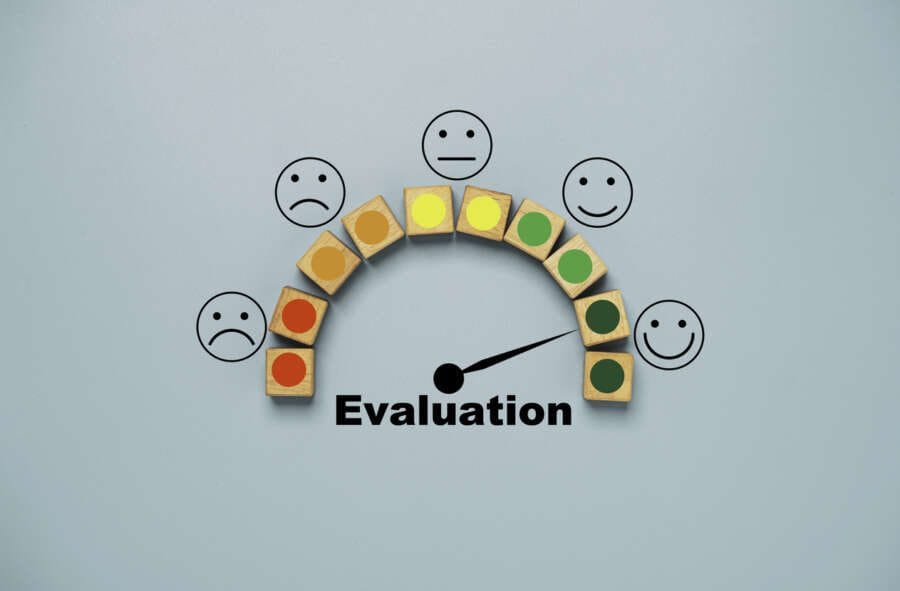
Today, more than ever, businesses need to deliver services with the customer experience in mind, which for many teams requires a shift in thinking. Thanks to the evolution of technology and widespread competition in the tech industry, great functionality is considered the norm, so companies must outperform each other on its services, i.e. who can provide more for the customer in addition to the basic features. But to fully understand what makes a great service, businesses must first understand what it is.
By definition, a service is provided to a user to help them meet a specific need, whereas the term ‘services’ operates at multiple levels from big ticket to API (application programming interface) and everything in between. Further to this, a ‘whole service’ encompasses end-to-end, front-to-back and across every channel service(s). Essentially the ‘service’ is the feature but the ‘services’ outline the availability, security and support of the feature.
Companies should not only look at what services they offer, but how they are delivered. Thankfully there is a whole raft of metrics and KPIs that are useful to product teams to ensure the delivery on its services is exceptional, such as:
- Deployment frequency / Mean Time Between Changes
- Change failure rates
- Availability
- Detection source for service incidents
- Mean Time To Detect
- Mean Time To Repair
- Mean Time Between Failures
This is where the idea of holistic digital delivery comes in, where user experience can flourish. A ‘high performing’ digital delivery platform delivers 208 times more frequent code deployment and 106 times faster recovery, leading to a seamless customer experience where not only is the service functioning but the services are of an equal standard.
The key takeaways from this are that the services should always be available, releases should not break production and the service provider should be able to fix any issues, and knows exactly how to, thanks to the time taken during production to test all of its features and failures.
Breaking this down more clearly, digital evolution consultancy Axiologik has created a 10 step system to ensure seamless customer experiences through service transformation:
- Get a grip on your universe – If you don’t understand what exists in your total IT estate, then a) you can’t protect it and b) you won’t understand how it all fits together.
- Think about end-to-end services not individual production – consider availability, support, security and much more.
- Set a high bar for production and understand the risks to production – this will help to improve the ‘services’ offering.
- Make service data radically visible – Teams always improve when they get a better insight into their own performance.
- Repeatability and automation – Manually deployed changes or changes that can’t be rehearsed are more likely to fail than a repeatable, rehearsed, automated change.
- Demand fully observable systems – know that it works in person and production. Service issues should be spotted and dealt with before customers see them.
- Obsess over nonfunctional requirements (security, availability, recoverability) – It’s simply not possible to design systems and make the right technology choices without understanding how a product needs to behave.
- Shift thinking from components to end-to-end services and journeys – Use product analytics to understand where customers are dropping out on user journeys and use this information to improve effectiveness of your products
- Make catering for failure part of core service design – Services always fail and it’s the experience during failure that customers typically remember.
- Carry out continuous improvements – understand value streams and remove waste.
None of the above will have the slightest impact unless the organisation demonstrably shows it cares, and this starts at the top. Delivering truly excellent service isn’t an overnight fix and there’s never an endpoint – it’s a long road of gradual, incremental improvement. Over time, using some of the mechanisms above, change will become self-sustaining and continue to accelerate.


